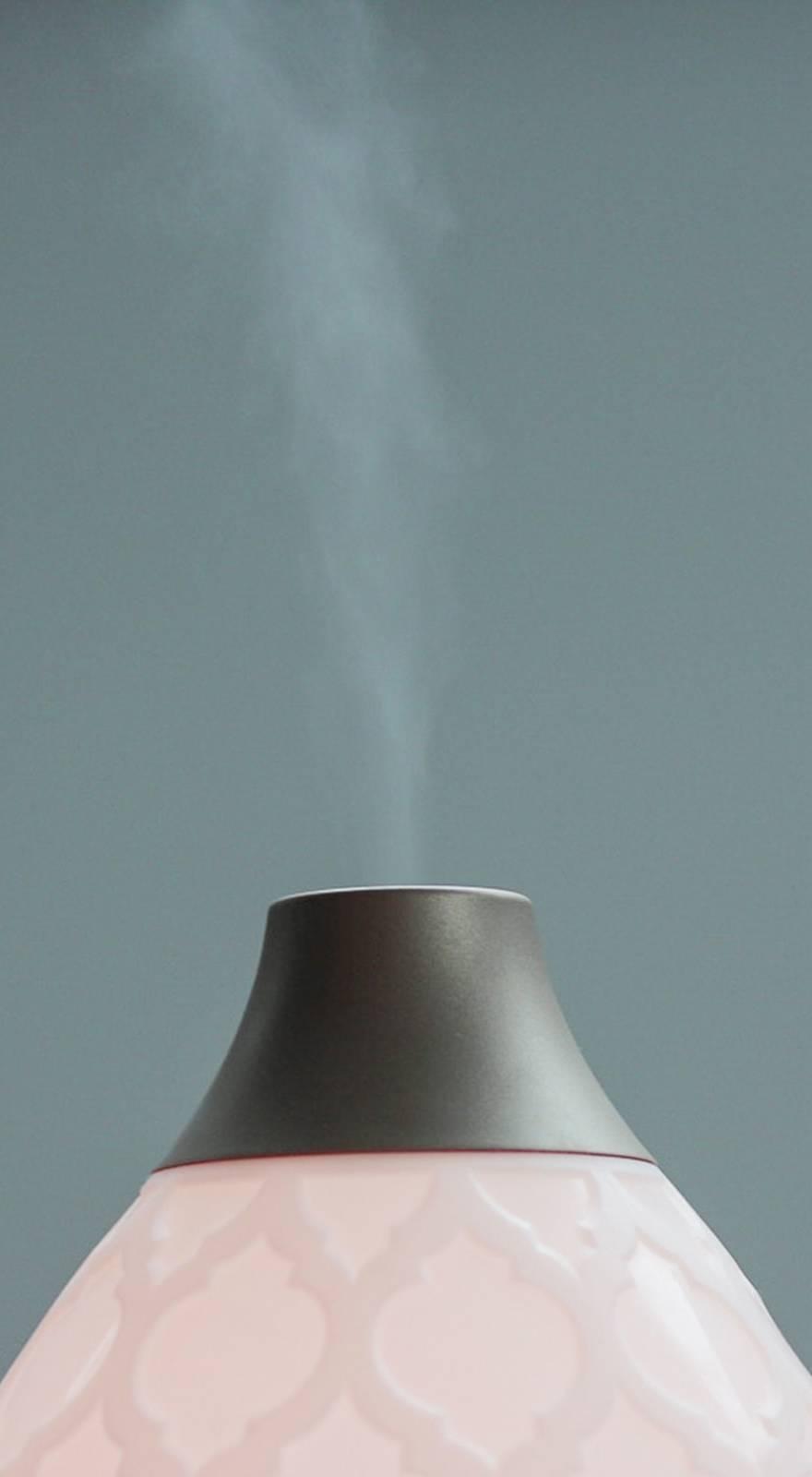Knowde Enhanced TDS
Identification & Functionality
- Active Component
- Ingredient Origin
- Cosmetic Ingredients Functions
- CAS No.
- 84604-14-8
- EC No.
- 283-291-9
- Technologies
Features & Benefits
- Benefit Claims
- Labeling Claims
- Characteristics Of Our Rosemary Extract
ORIGIN
Our rosemary leaves come from Spain, being one of the most characteristic plants of the Mediterranean area.
HIGH STABILITY
The shelf life of our rosemary extracts reaches two years.
ADAPTABLE
Our products with rosemary extract are suitable for aqueous systems – especially rosemaryric acid – as well as fatty systems, where carnosic acid is more effective.
SOLUBILITY
Depending on the type of extract, our products are totally or partially soluble in water, oils and alcohols.
- Properties
Antioxidant for food products
Applications & Uses
- Food Antioxidant
Oxidation is the main cause of food spoilage. Consequences are: loss of freshness, unpleasant flavors and changes in texture and color.
Several studies have shown that the antioxidant power of rosemary extract is more effective than other conventional antioxidants used in the food industry.
Examples of foods in which rosemary extracts have proven effective: animal fats, vegetable oils, mayonnaise, meats, spices, beverages and animal feed.
On the other hand, rosmarinic acid has a high antibacterial activity of broad spectrum and a high efficiency as a photoprotective agent, preventing the formation of free radicals and blocking those already formed. It also protects from the oxidative damage generated by excess radiation.
Technical Details & Test Data
- Assay
Rosmarinic Acid, Diterpenes, Carnosic Acid, Carnosol, HPLC

